Mansar: Maharashtra’s Forgotten Ancient Capital Deserves a Place on India’s Heritage Map
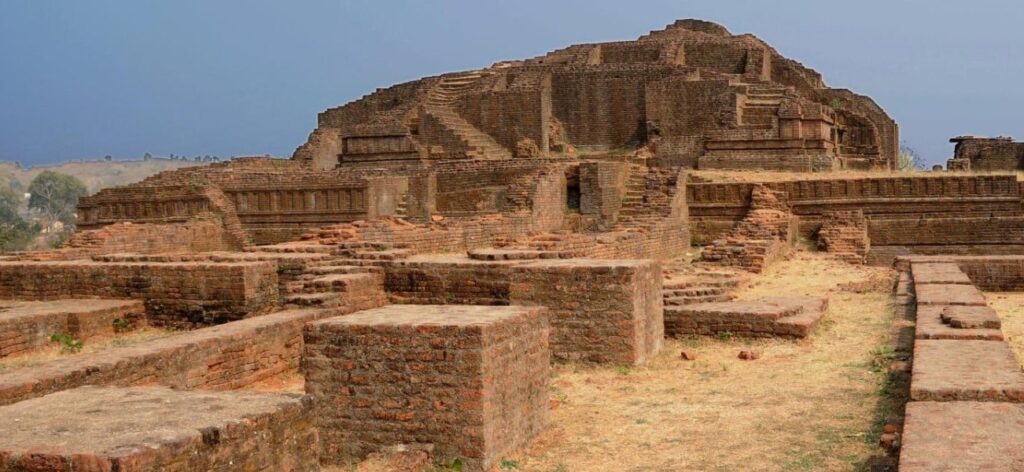
Mansar: Maharashtra’s Forgotten Ancient Capital Deserves a Place on India’s Heritage Map
Nagpur/Maharashtra – Hidden in the heart of Maharashtra lies Mansar, an archaeological treasure with roots stretching back to the 5th century. Once the grand capital of the Vakataka dynasty, this forgotten town near Ramtek is quietly waiting to be rediscovered by historians, culture seekers, and travellers alike.
Despite its historical richness, Mansar remains absent from mainstream tourism circuits, overshadowed by Maharashtra’s more popular heritage sites. But new efforts are emerging to shine a spotlight on what may be one of India’s most overlooked ancient wonders.
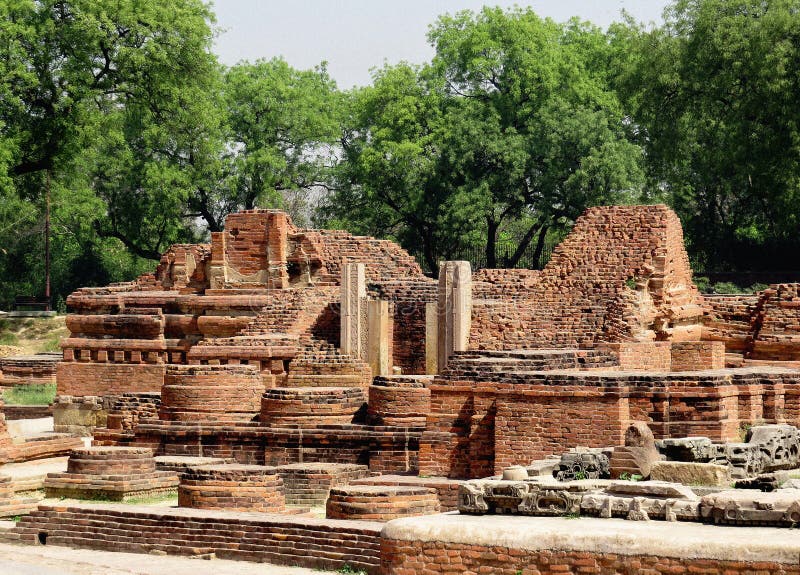
Mansar: A 5th-Century Capital of the Vakatakas
The ruins at Mansar were part of Pravarapura, the once-glorious capital city of King Pravarasena II of the Vakataka dynasty. Excavations led by the Archaeological Survey of India (ASI) have uncovered a sprawling complex comprising a palace, temple structures, a Buddhist monastery, and a unique “box stupa.” The stepped, blackened architecture evokes comparisons to Mesoamerican pyramids but belongs to an entirely Indian legacy.
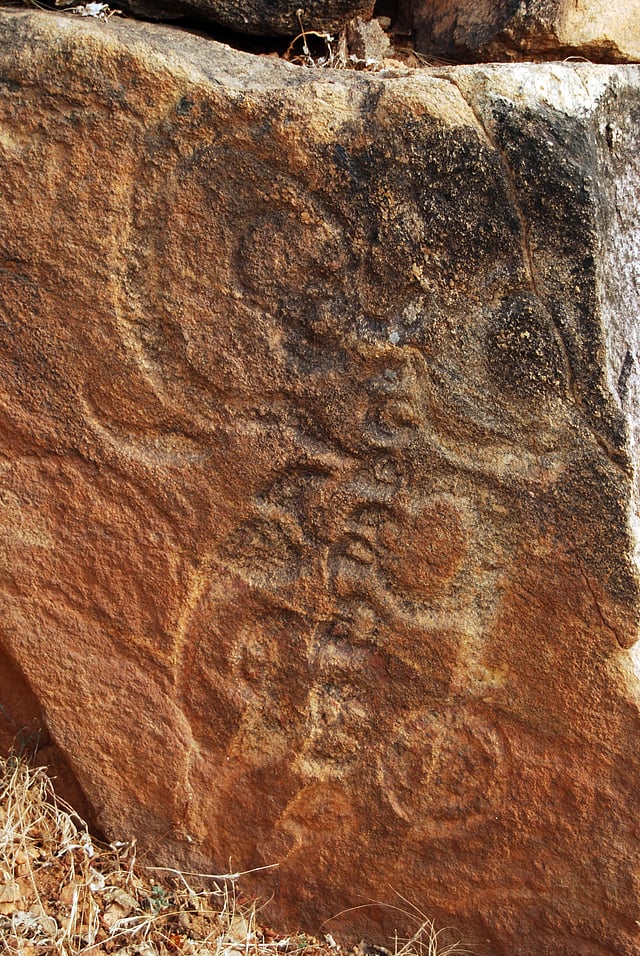
More than 2,700 artefacts have been recovered from the site, including tools, coins, sculptures, and religious relics—offering a vivid glimpse into life over 1,600 years ago. Key findings include the grand Pravareśvara temple, a massive water reservoir, and a striking sculpture of Shiva Vamana, first discovered on Hidimba Tekri in 1972.
A Neglected Historical Marvel
Despite its archaeological importance, Mansar has suffered from neglect. In 2014, the Nagpur bench of the Bombay High Court directed the ASI to formulate a conservation plan and establish an on-site museum. However, the museum remains unrealised, and awareness about Mansar’s significance remains limited.
Currently, the site is open to visitors and offers a surprisingly well-preserved view of India’s ancient urban planning and religious life. Yet, without adequate infrastructure, signage, or promotion, Mansar continues to exist as a footnote in India’s rich historical narrative.
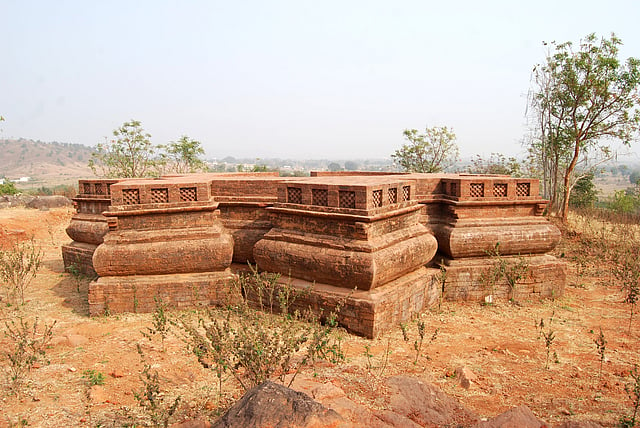
The Legacy of the Vakatakas
Understanding Mansar also means understanding the Vakataka dynasty, which ruled a vast territory across central and western India from the mid-3rd century onward. Often overshadowed by the Gupta Empire, the Vakatakas were prolific patrons of art and culture.
One of their most notable contributions is the Ajanta Caves, a UNESCO World Heritage Site. These iconic Buddhist cave temples were supported and expanded under the reign of Vakataka King Harishena, whose court fostered a golden era of artistic expression.
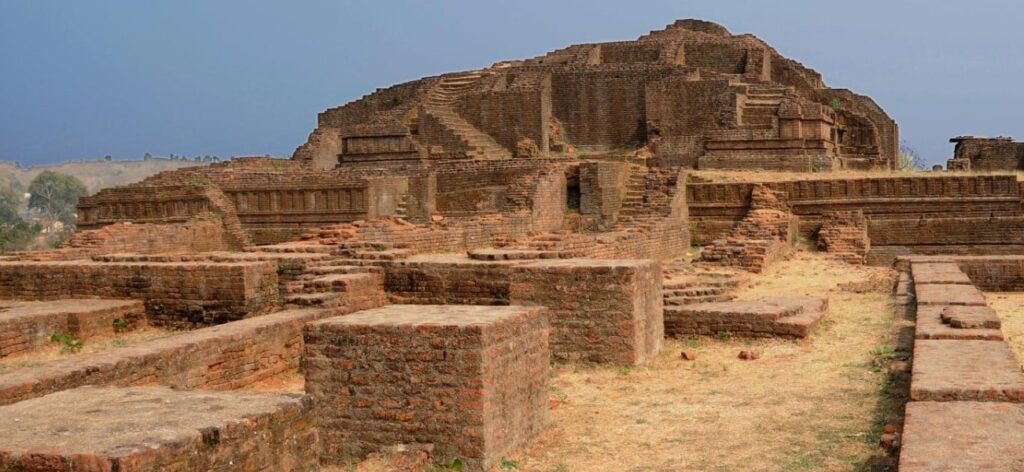
Why Mansar Should Be on Every Heritage Traveller’s Radar
From its intricate sculptures and religious relics to its urban layout and royal associations, Mansar stands as a living testimony to India’s lesser-known dynastic past. For those with a passion for archaeology, ancient architecture, or offbeat travel, Mansar offers a compelling alternative to crowded heritage destinations.
As calls grow for greater conservation and tourism development, there is hope that Mansar will finally get the recognition it deserves—not just as a ruin in the forest, but as a symbol of India’s vast and layered history.











